Therapy in Hospice: Four Ways it Helps Patients and Families
Two Chapters Health System therapists dispel the myths and misconceptions families may have regarding the benefit of therapy in the hospice environment.
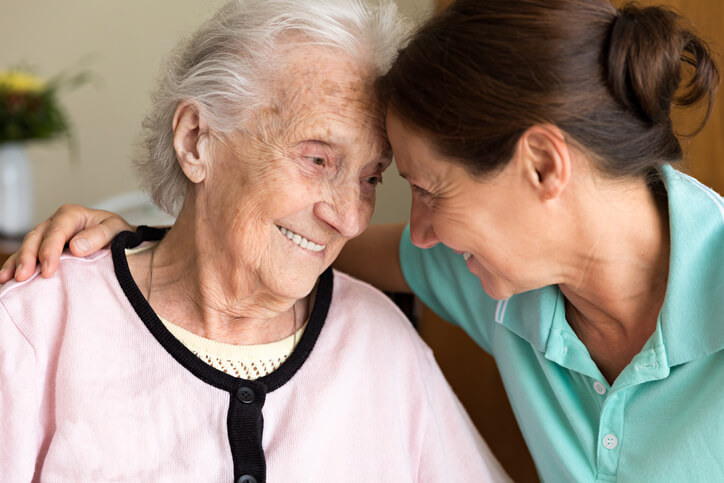 Dementia and Occupational Therapy – Home caregiver and senior adult woman
Dementia and Occupational Therapy – Home caregiver and senior adult woman
Therapy in hospice. If you are unfamiliar with various therapies in the hospice setting, you may wonder what’s the use? Why would someone at the end of their life need something like occupational therapy? How can it help?
Your first guess is probably mobility. That’s understandable. Terminally ill patients may need help accomplishing daily activities that require movement. However, the ability to simply move one’s body is not the only goal. It’s not just stretching and exercises for the patient.
By clarifying that misunderstanding, you can begin to understand all the ways physical therapy and occupational therapy can help someone in the end stages of life.
1. Safety First
For therapy in the hospice, it makes sense to start here, because the physical body is not the only factor when therapists determine the best course of action. It’s not even the highest priority. It’s a misconception that occupational therapists (OT) and physical therapist assistants (PTA) battle on a regular basis.
“Even among staff, there is this preconceived idea that we come in and immediately do these really aggressive therapies and that’s not what this is,” said Andrea Bogard, PTA. “Our focus is safety first, so that means addressing concerns in the home. We’re trained to identify these concerns and hopefully the patient and the family is able to carry them over.”
What concerns is Bogard talking about?
“If the home has a little bit of clutter. If the patient is on oxygen, do they know how to manage the tubing, so they don’t trip? Is the family and patient properly trained to utilize equipment safely and correctly?”
Bogard emphasizes safety first. Minimizing the risks of falls and fractures is paramount.
According to a study from the University of Utah College of Nursing, one third of community-dwelling patients older than 65 years of age, and half of patients older than 80 years of age, fall once a year. Those falls can lead to injuries that can significantly reduce a patient’s quality of life in the end stages. That’s why it’s critical for PTA’s like Bogard to mitigate risk factors in the home.
“Our focus is making sure families and caregivers can be confident in moving from surface to surface.”
2. Giving hospice patients and families confidence
After 27 years in occupational therapy, Twanettha “Tony” Henry has learned no two patients are the same.
“My ultimate goal for my patients is for them to function at the highest level possible. This is based on their strengths and needs, as well as their family’s needs.”
Henry’s approach is individualized to the patient and their family. Whether they are at home, the hospital or in a skilled nursing facility, she develops a care plan based on their physical tolerance and needs. For Sylvester “Sylbo” Rogers, a dementia patient in the care of LifePath Hospice, his care plan includes attention to a shoulder injury. For Rogers, that means exercises at home to increase his range of motion.

“A lot of time they become guarded and don’t want to move it,” said Henry. “So I just try to be positive and encourage passive exercises and techniques to encourage movement. If you focus on the movement and educate on the movement, that carries over to any functional task.”
It’s important to remember in the hospice setting, therapy is not for rehabilitation. It’s about giving patients and caregivers the knowledge and tools to empower themselves in the time they have left together.
“Generally, in hospice, your time with a patient is limited because the goal isn’t rehabilitation,” said Henry. “The prognosis is not good, so you’re trying to allow them to maintain their level of function independently.”
3. Stimulating the mind and the body
Occupational therapy and physical therapy in hospice aren’t just about stimulating the body. They serve an important purpose for the brain, especially for dementia patients, who make up almost half the patient population under LifePath Hospice.
Depending on the stage of dementia a patient is in, Henry said he or she can utilize cognitive activities to minimize harmful behaviors.
“I had one dementia patient and he would wander around and try to leave the home. If he was walking with his wife, he would quickly walk away. So, I had a few different cognitive activities to keep him busy. With dementia patients, you have to think on your feet.”
Henry emphasized that the family plays a major role in minimizing harmful behaviors and symptoms, such as sundowning, which is a disruption of the body’s natural sleep-wake cycle. It can lead to further behavioral problems later in the day, according to the Alzheimer’s Association.
“You educate the family on how to address the patient and use the different activities. They may not remember what you say, so I use tactile cueing to manage that and help the family understand it.”
4. Positive reinforcement
It’s not just about the body. It’s about the soul too.
Caring for a hospice patient is never easy. For new caregivers, it comes with added anxiety and difficult questions. Am I making the right decisions for my loved one? Am I doing enough to help them? Am I making a difference in the time we have left?
For the husband of one Good Shepherd Hospice patient, the answer was clear, thanks to Bogard’s guidance.
“They (Good Shepherd Hospice) were issuing caregiver awards. The patient had a stroke, and she needed a lot of assistance. Her husband was awarded the certificate that said, ‘caregiver of the month’ and he framed it. He showed everyone that came to the door, and he was just so proud. It was the sweetest moment and I’ve never forgotten it. It’s why I got into the field. To help these people.”
It’s not always about exercises, stretching, machines and repetition.
It’s about giving a family… who once felt helpless… a new sense of control.
“Sometimes it’s just being that listening ear so that they can vent and refocus their energies, so everyone feels confident with what they’re doing.”
Chapters Health System is committed to serving the needs of its patients, families, caregivers, health providers, partners and communities.
If you know someone who could use supportive care in the comfort of his or her home, please call our helpful Chapters Health and HospiceHelp24® team at 1.866.204.8611 or Contact Us.
1 Comment
Leave a Reply
Keep Exploring
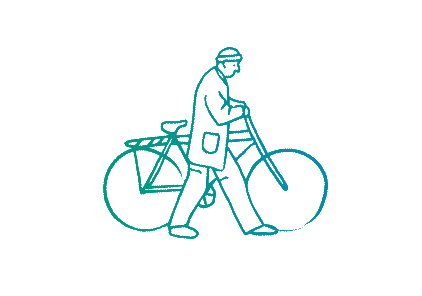

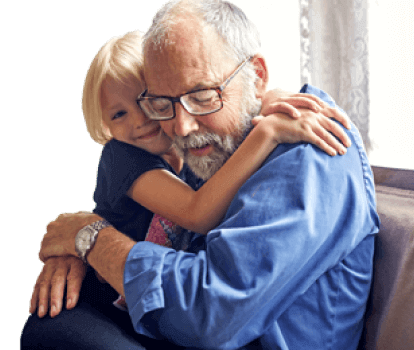




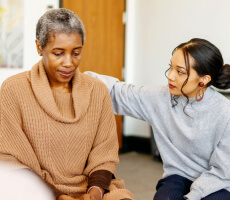






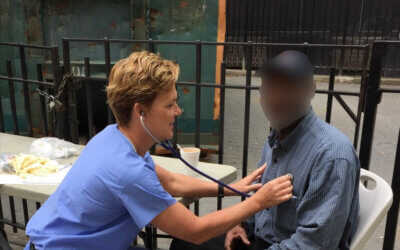

ben
November 2, 2023 at 11:44 pmwonderful service